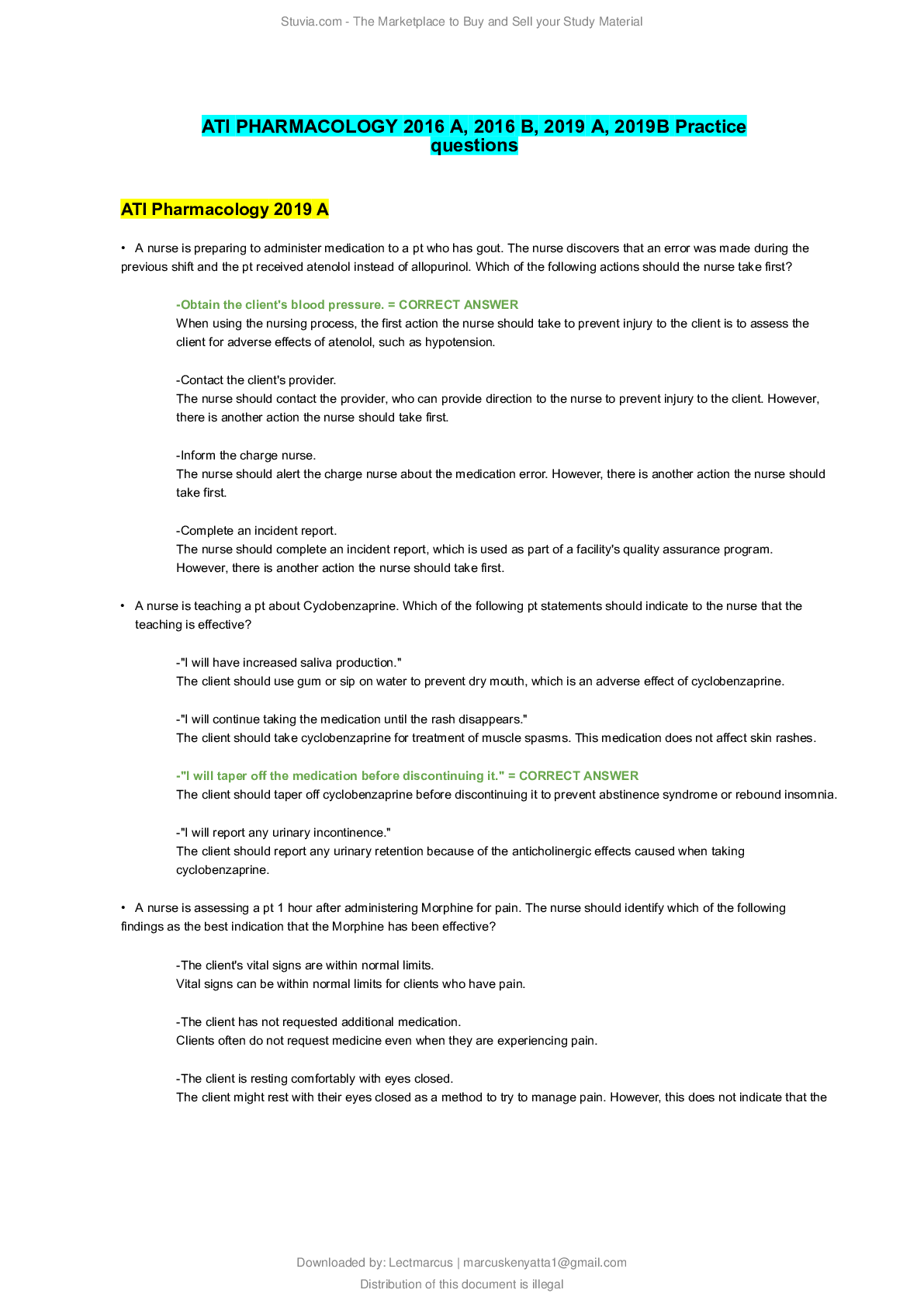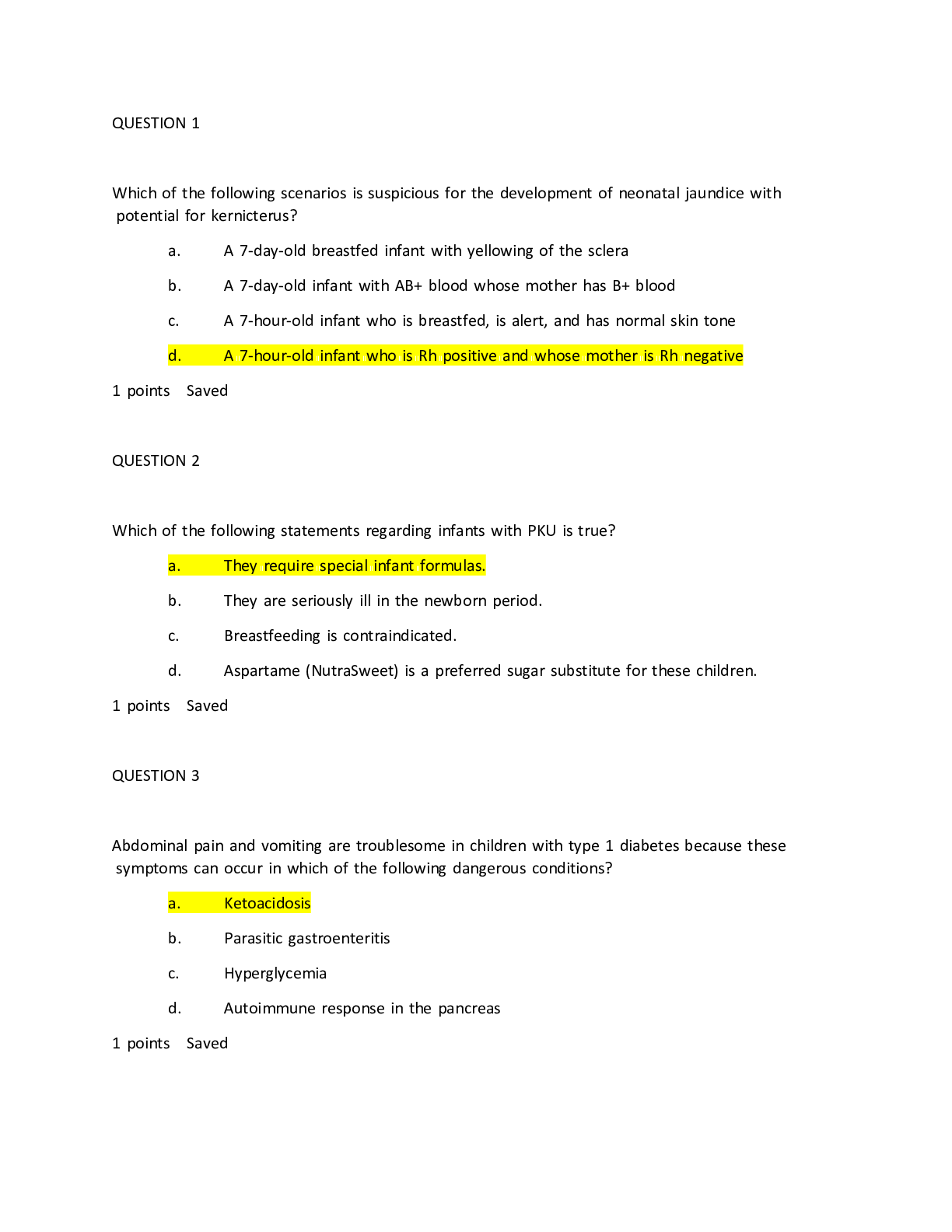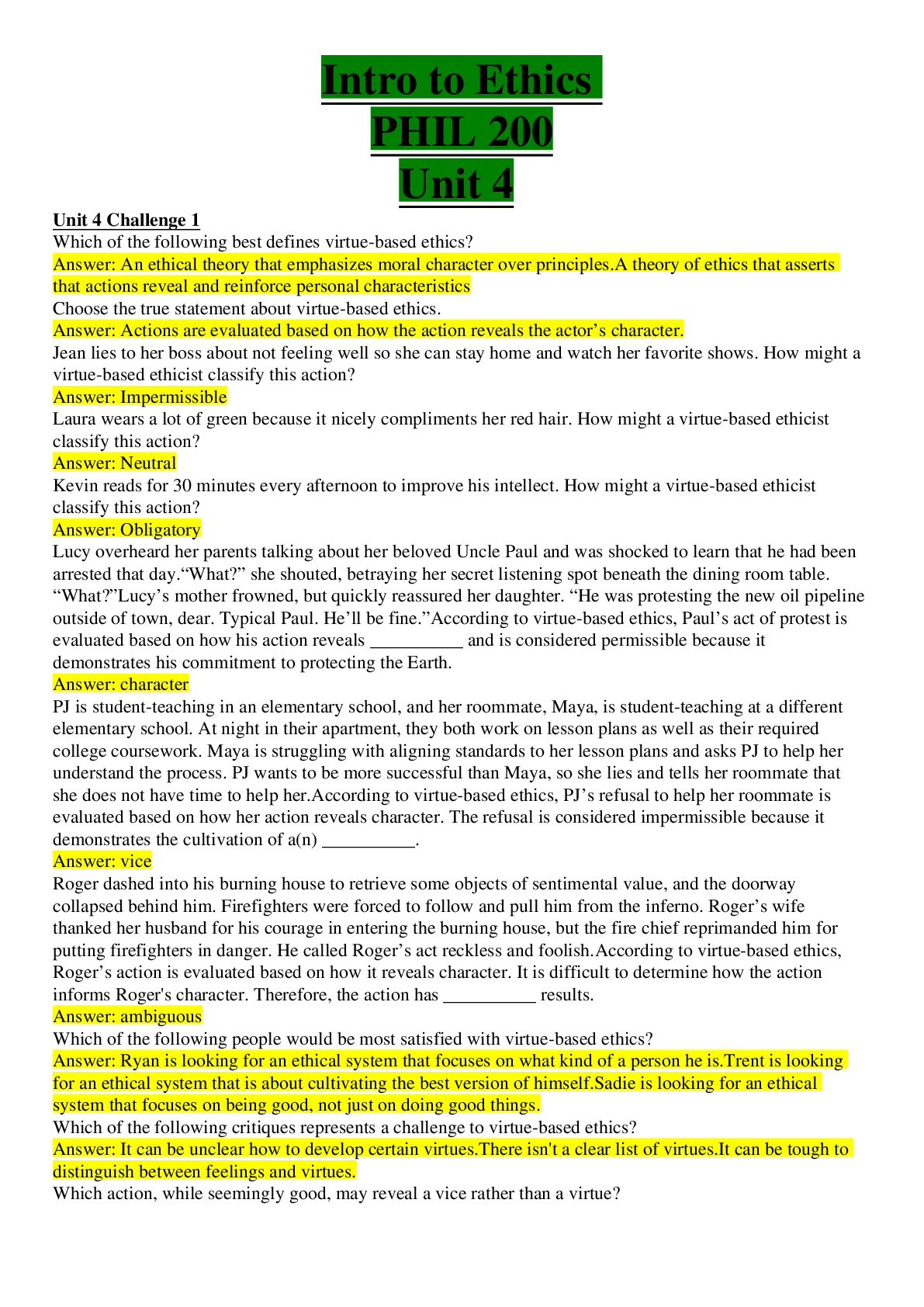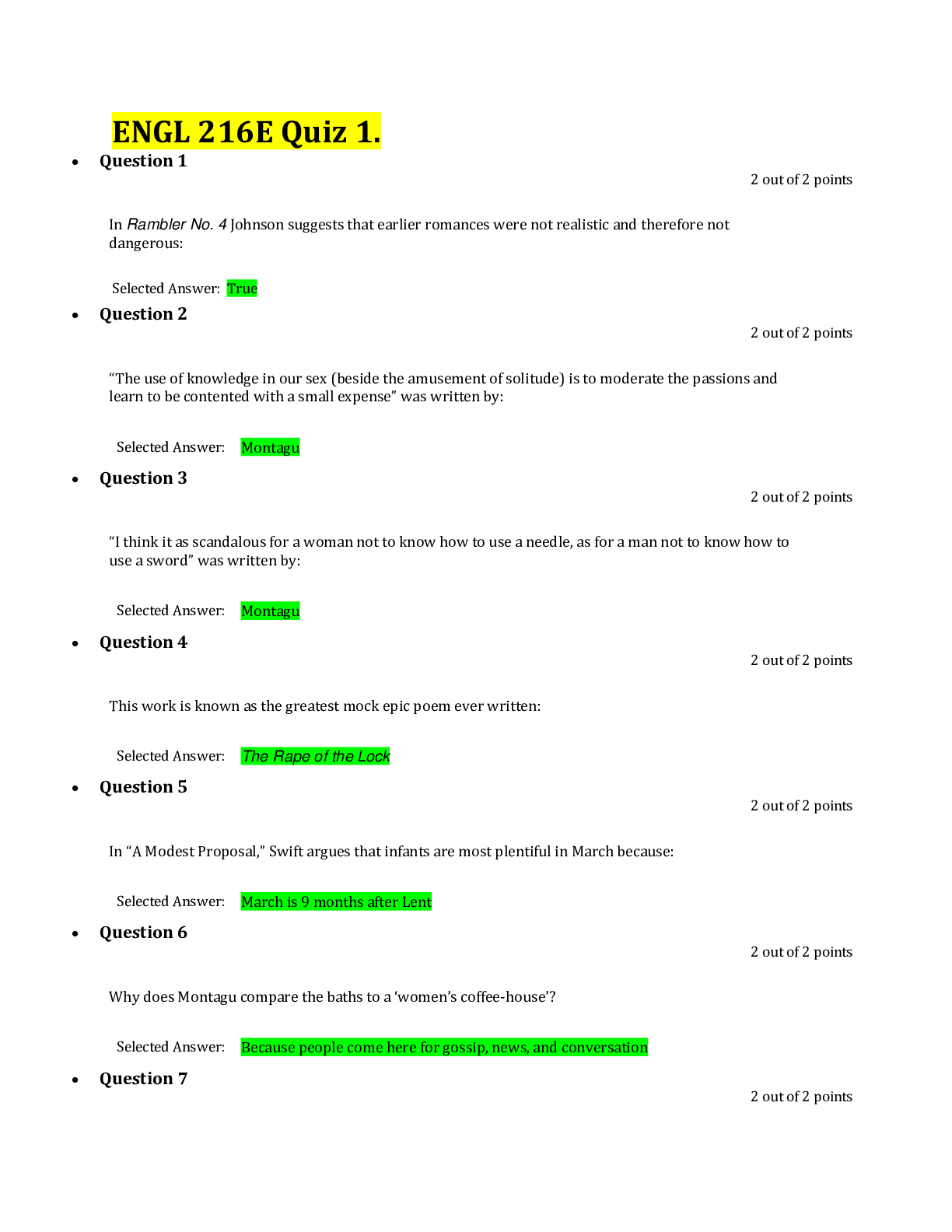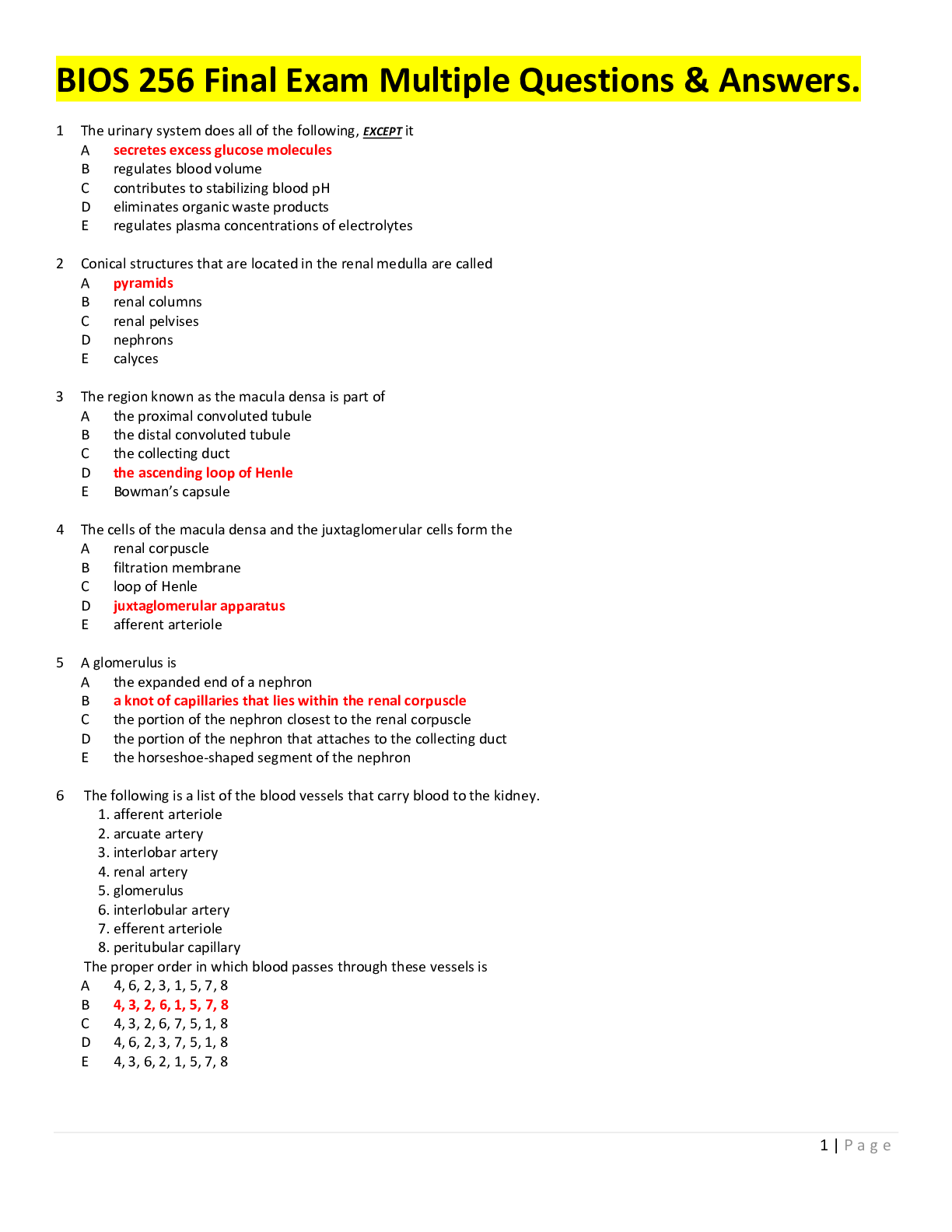Military Studies > EXAM > United States Military Academy - SEJMPE Pre Test (All Answers correct) (All)
United States Military Academy - SEJMPE Pre Test (All Answers correct)
Document Content and Description Below
1. The President of the United States provides guidance for developing, applying, and coordinating the instruments of national power to achieve objectives that contribute to national security in the .... a. National Defense Strategy b. National Security Strategy c. Unified Command Plan d. National Military Strategy 2. is a violent struggle among state and non-state actors for legitimacy and influence over the relevant population(s). It favors indirect and asymmetric approaches, though it may employ the full range of military and other capacities, in order to erode an adversary's power, influence, and will. a. Asymmetric warfare b. Traditional war c. Joint warfare d. . Irregular warfare 3. The , signed by the Chairman of the Joint Chiefs of Staff, provides guidance for distributing and applying military power to attain national strategic objectives. It describes the Armed Forces� plan to achieve military objectives in the near term and provides the vision for ensuring they remain decisive in the future. a. Joint Strategic Capabilities Plan b. National Security Strategy c. National Defense Strategy d. National Military Strategy 4. The ability of the United States to achieve its national strategic objectives is dependent on the effectiveness of the U.S. Government in employing the instruments of national power, which are . a. Diplomatic, Informational, Military, and Economic b. Diplomacy, Defense, and Development c. Political, Military, Economic, Social, Informational, and Infrastructure d. Culture, Industry, Technology, and Geography Organization for national security 1. The statutory members of the National Security Council are . a. President, Vice President, Secretary of State, Secretary of Defense, and Secretary of Energy b. President, Vice President, Secretary of Defense, and Secretary of State c. President, Vice President, Secretary of State, Secretary of Defense, and Secretary of Treasury d. President, Vice President, Secretary of Defense, and Secretary of Homeland Security 2. The is the President's principal forum for considering national security policy matters with his senior national security advisors and cabinet officials. a. Secretary of Homeland Security b. Secretary of Defense c. National Security Council d. Joint Chiefs of Staff 3. The operational chain of command runs directly from the President to the Secretary of Defense and then to . a. the Chairman of the Joint Chiefs of Staff b. the Chairman of the Joint Chiefs of Staff and then to the Combatant Commanders c. the Combatant Commanders d. the Service Chiefs 4. The outranks all other officers of the Armed Forces, but may not exercise military command over any of the Armed Forces. He is the principal military advisor to the President, the National Security Council, and the SECDEF. a. Chairman of the Joint Chiefs of Staff b. Supreme Allied Commander c. Combatant Commander d. War Czar 5. The non-operational chain of command runs directly from the President to the Secretary of Defense and then to . a. the Service Chiefs via the Chairman of the Joint Chiefs of Staff b. the Secretaries of the Military Departments and then to the Combatant Commanders c. the Combatant Commanders via the Service Chiefs d. the Secretaries of the Military Departments and then to the Service Chiefs 1. The is a joint force that is constituted and so designated by the SECDEF, a combatant commander, a subordinate unified commander, or an existing JTF commander to accomplish missions with specific, limited objectives and which do not require overall centralized control of logistics. It is dissolved when the purpose for which it was created has been achieved or when it is no longer required. a. Combatant Command b. Subordinate Unified Command c. Joint Task Force d. Service Component Command 2. The term joint force commander refers exclusively to the following three (3) types of commanders: a. combatant commander, subordinate unified commander, and joint task force commander b. combatant commander, Service component commander, and functional component commander c. joint task force commander, functional component commander, and subunified commander d. Service component commander, combatant commander, and joint task force commander 3. A unified or specified command with a broad continuing mission under a single commander established and so designated by the President, through the Secretary of Defense and with the advice and assistance of the Chairman of the Joint Chiefs of Staff is called a . a. joint task force b. subordinate unified command c. combatant command d. component command 4. Joint force air component commander (JFACC), joint force land component commander (JFLCC), and joint force maritime component commander (JFMCC) are all examples of . a. joint task force commanders b. subunified commanders c. Service component commanders d. functional component commanders 5. These commands are established by combatant commanders when authorized by the SECDEF through the CJCS to conduct operations on a continuing basis in accordance with the criteria set forth for unified commands. They may be established on a geographic area basis such as United States Forces Japan or on a functional basis such as Special Operations Command, Pacific. a. combatant commands b. subordinate unified commands c. joint task forces d. functional component commands [Show More]
Last updated: 1 year ago
Preview 1 out of 67 pages
Instant download
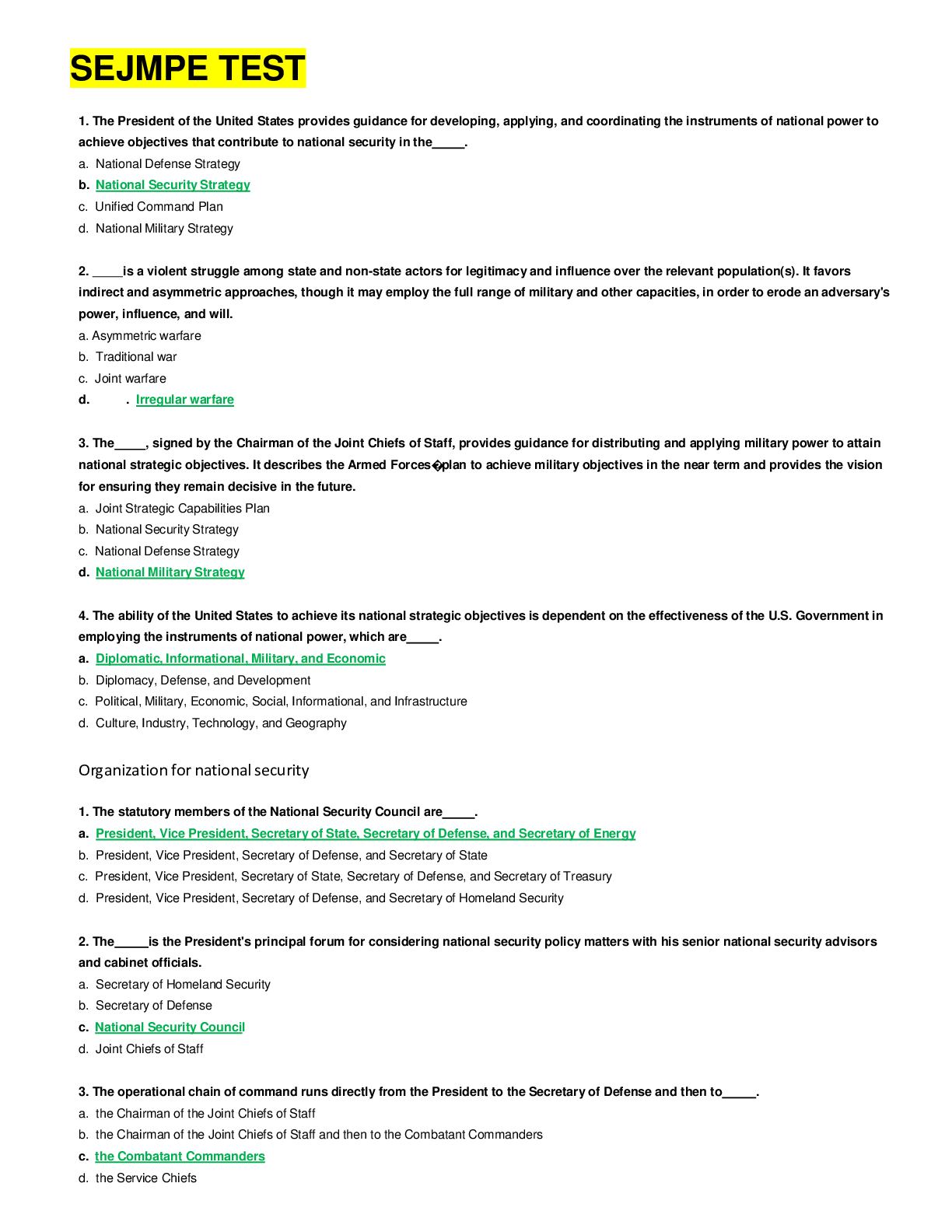
Instant download
Reviews( 0 )
Document information
Connected school, study & course
About the document
Uploaded On
May 13, 2021
Number of pages
67
Written in
Additional information
This document has been written for:
Uploaded
May 13, 2021
Downloads
0
Views
128






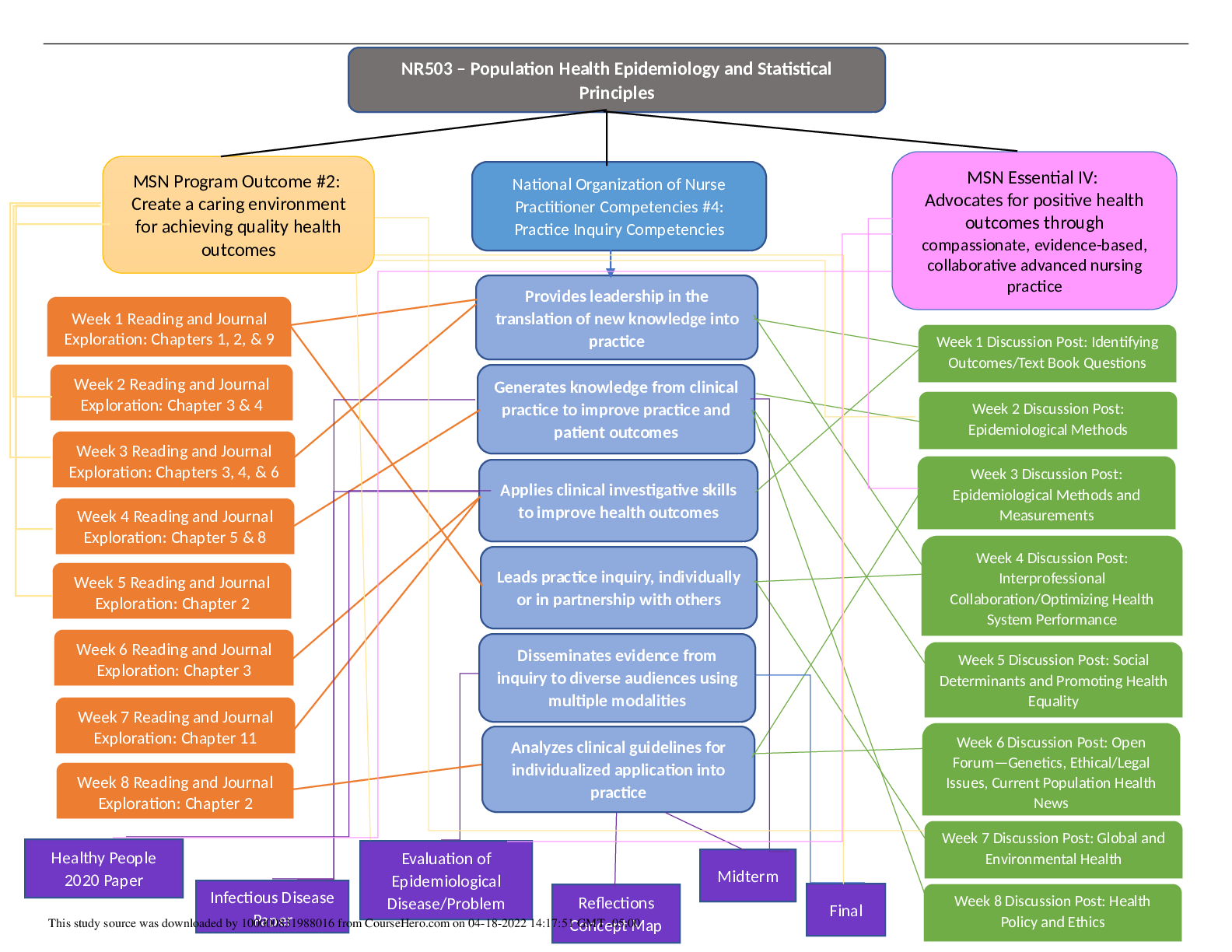

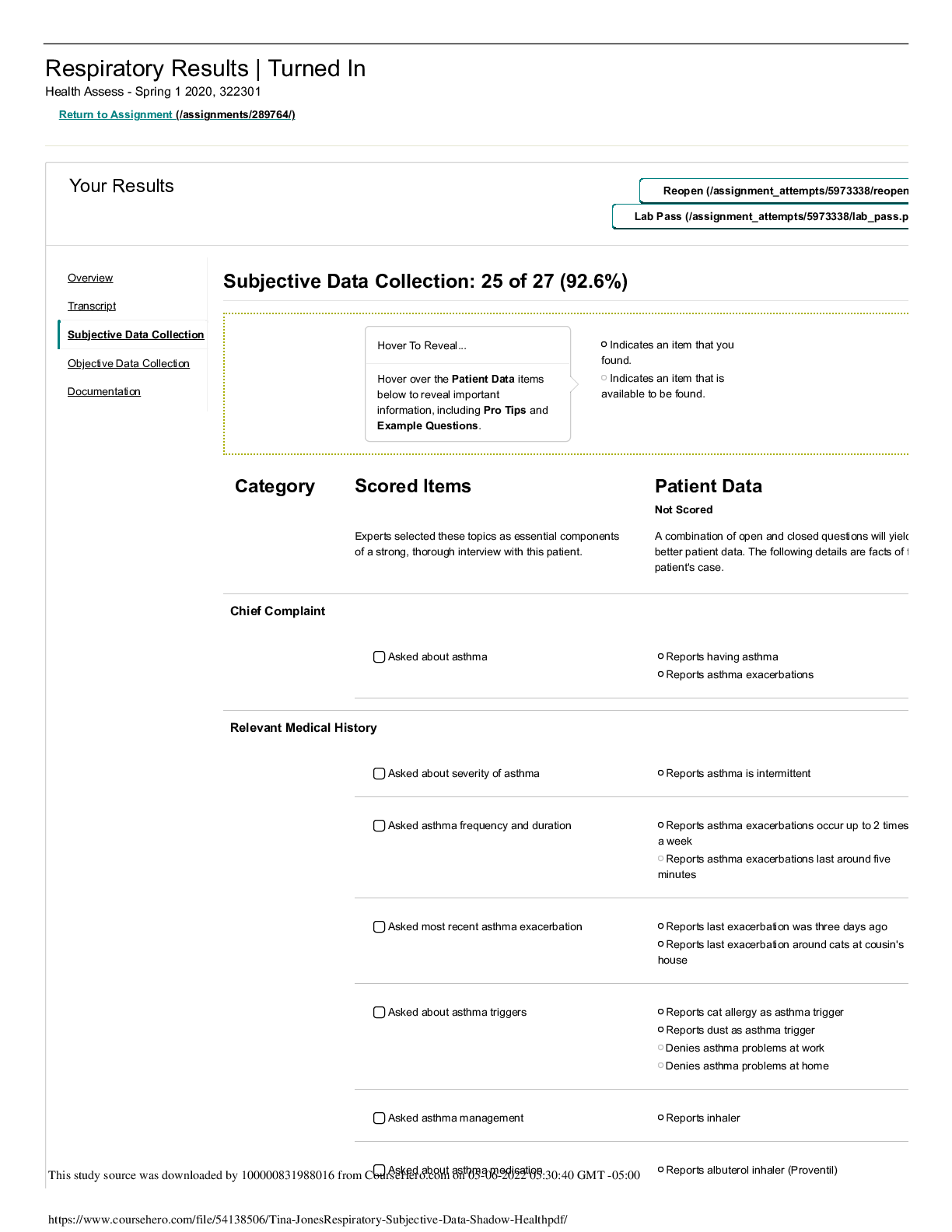
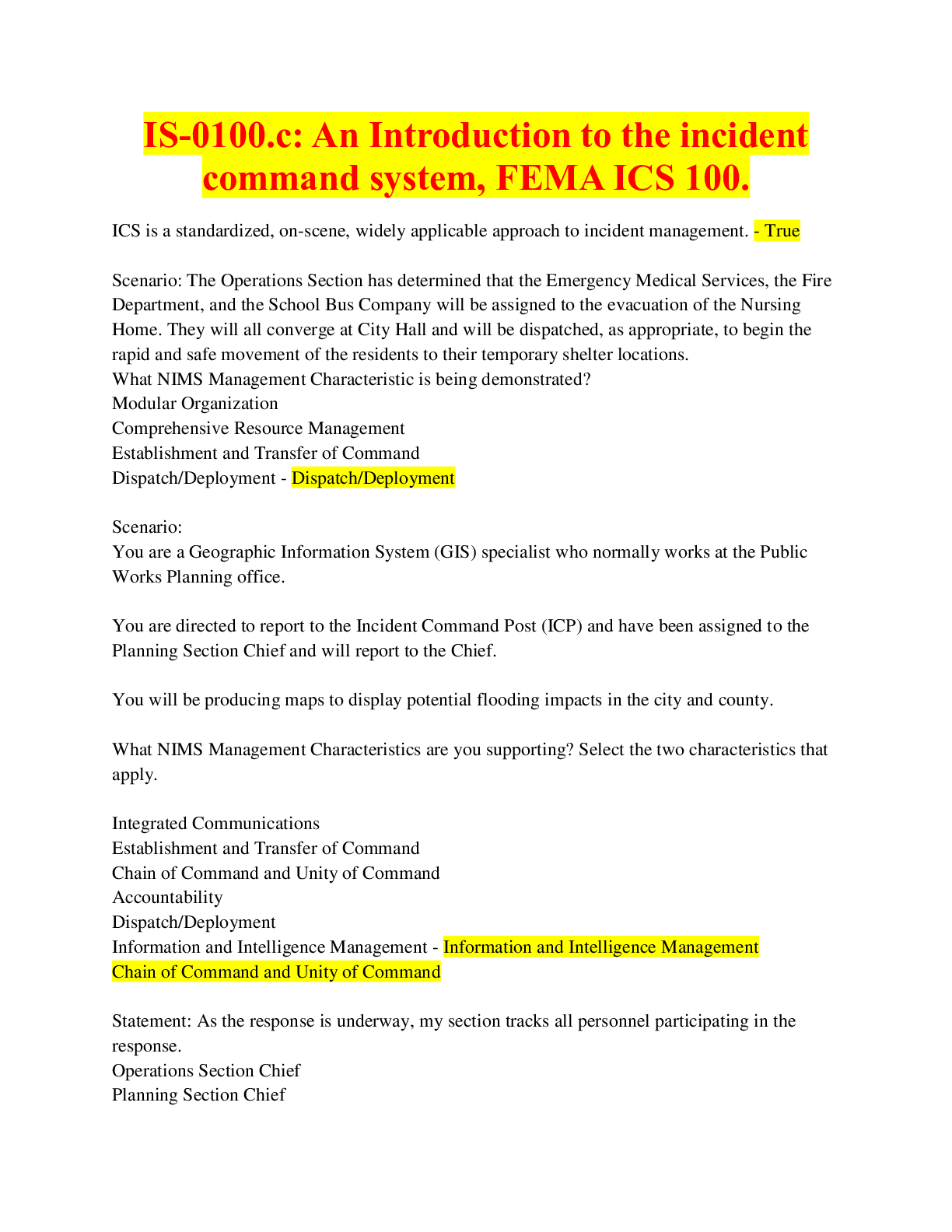



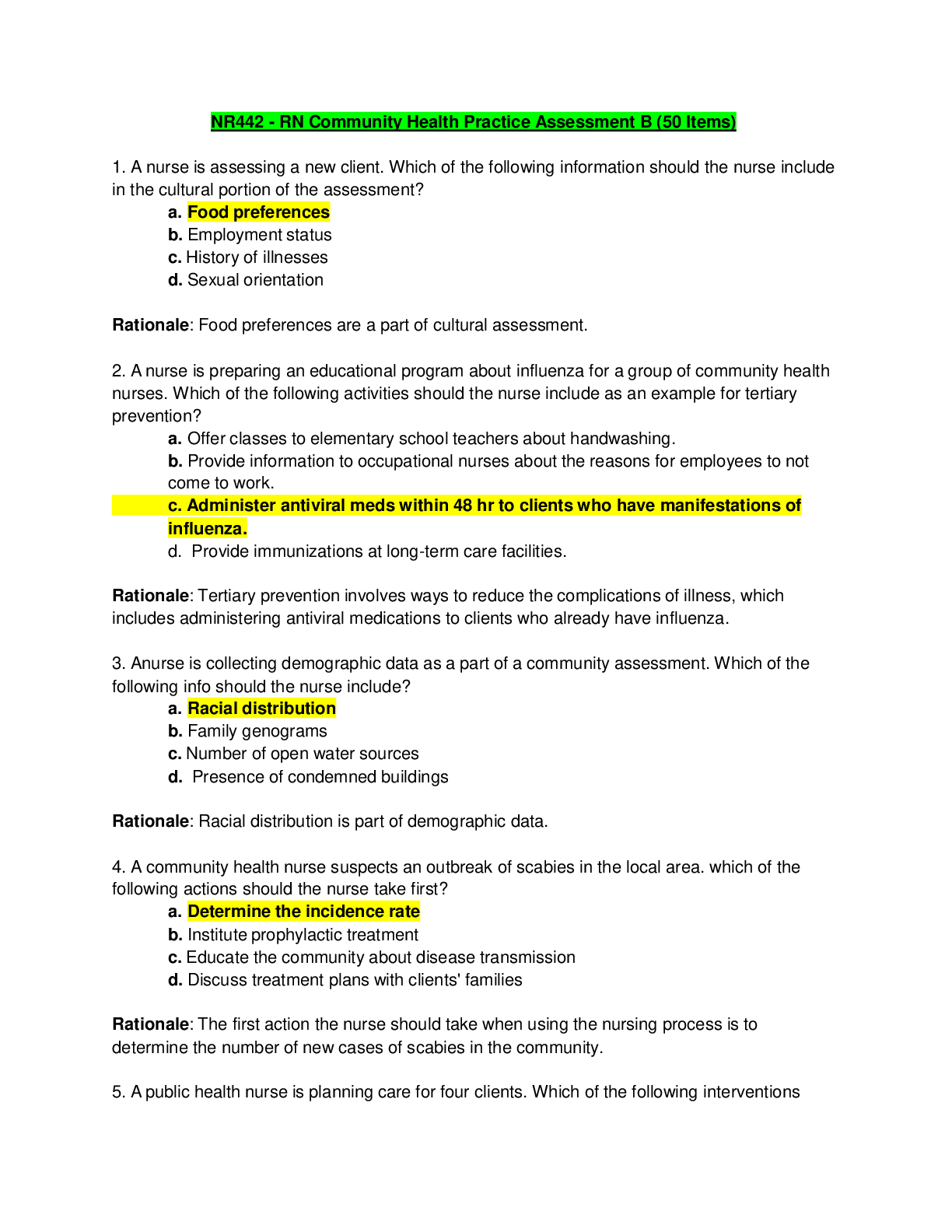

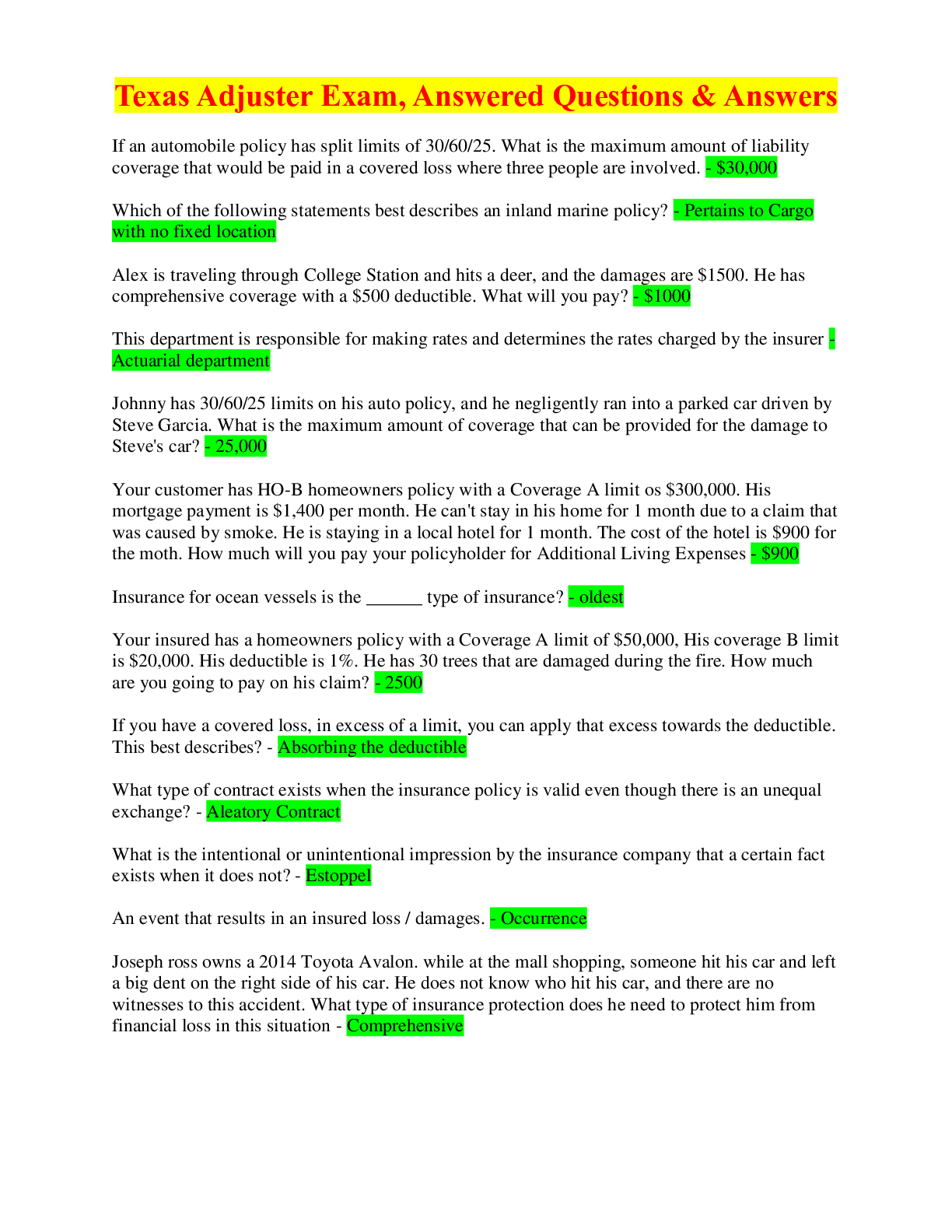
.png)
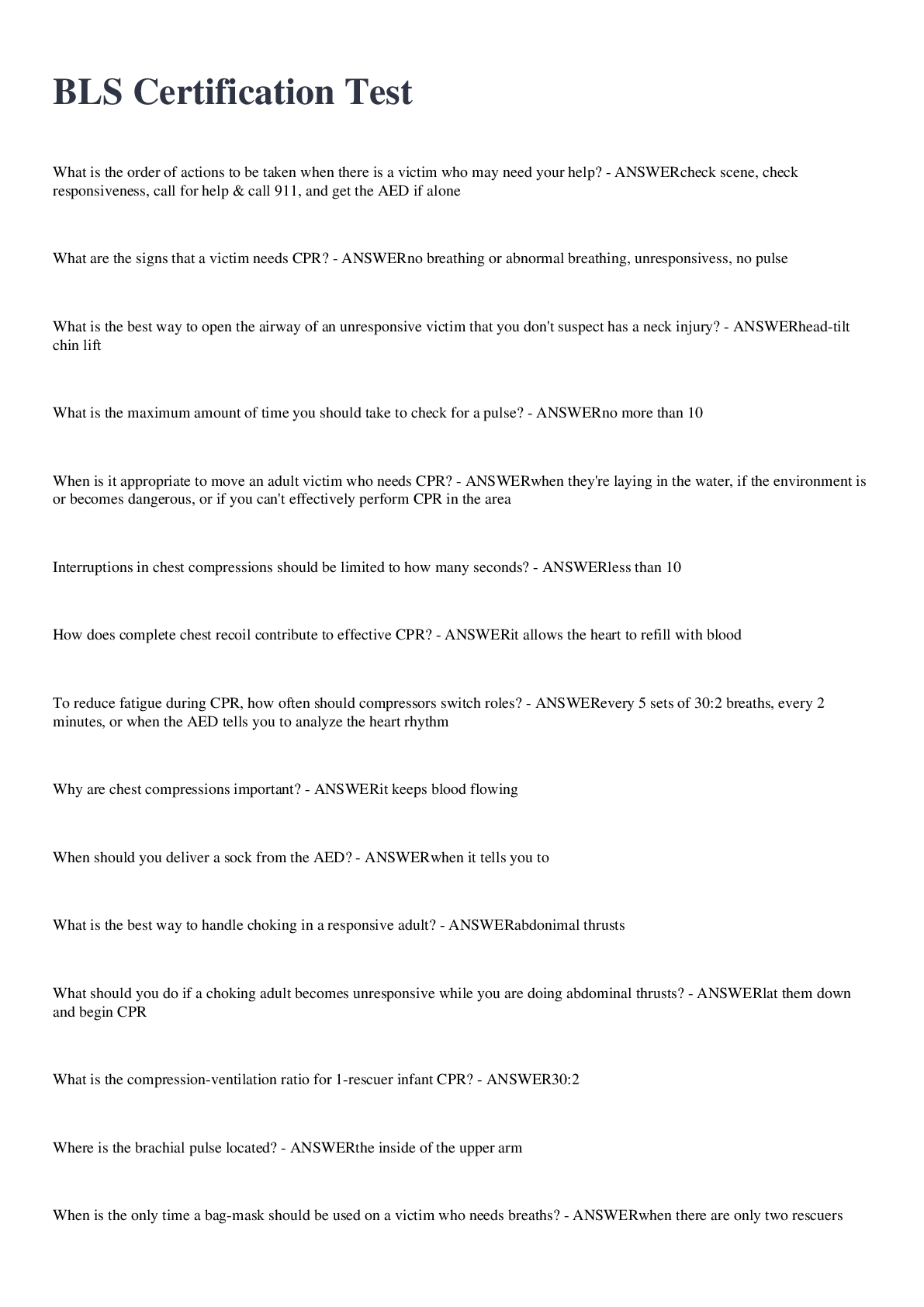
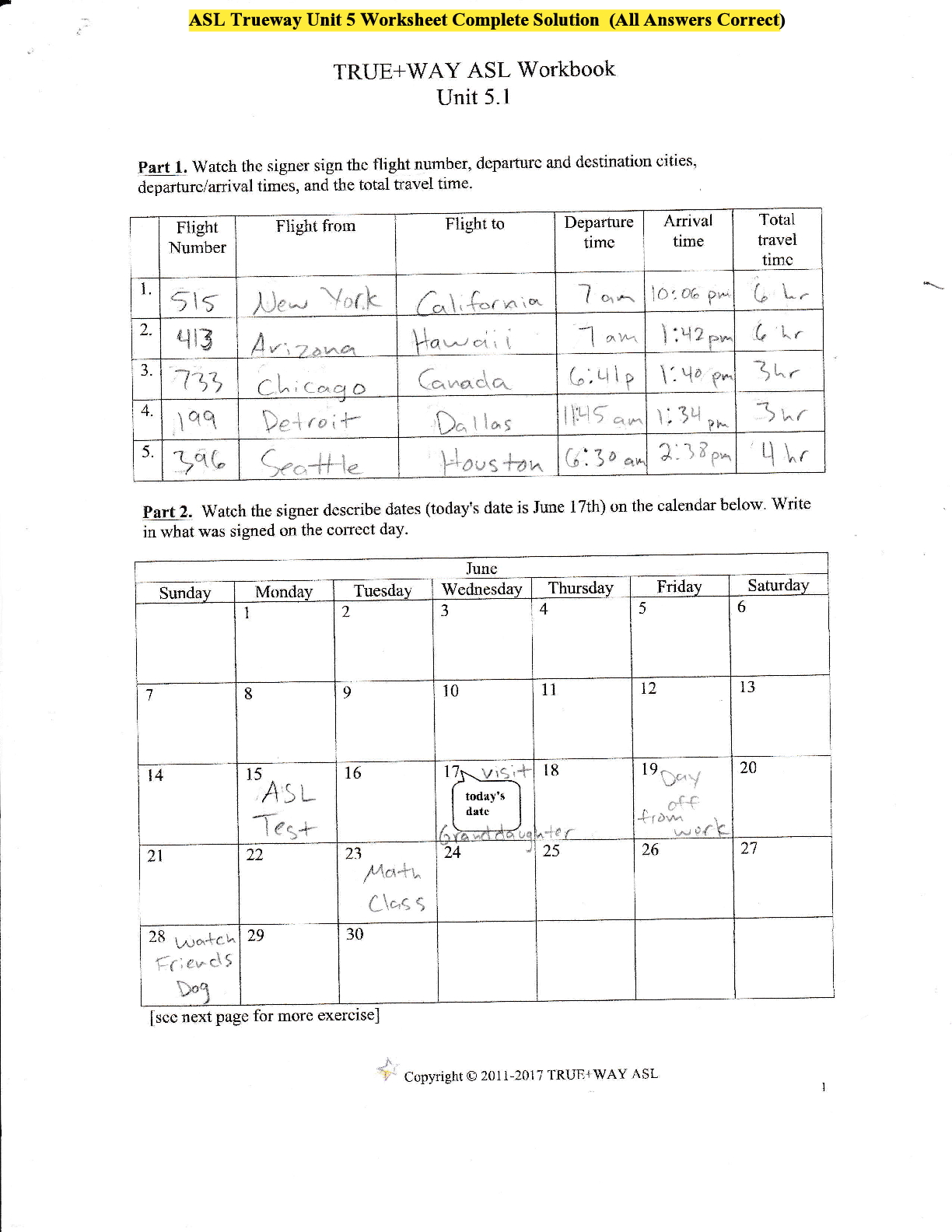

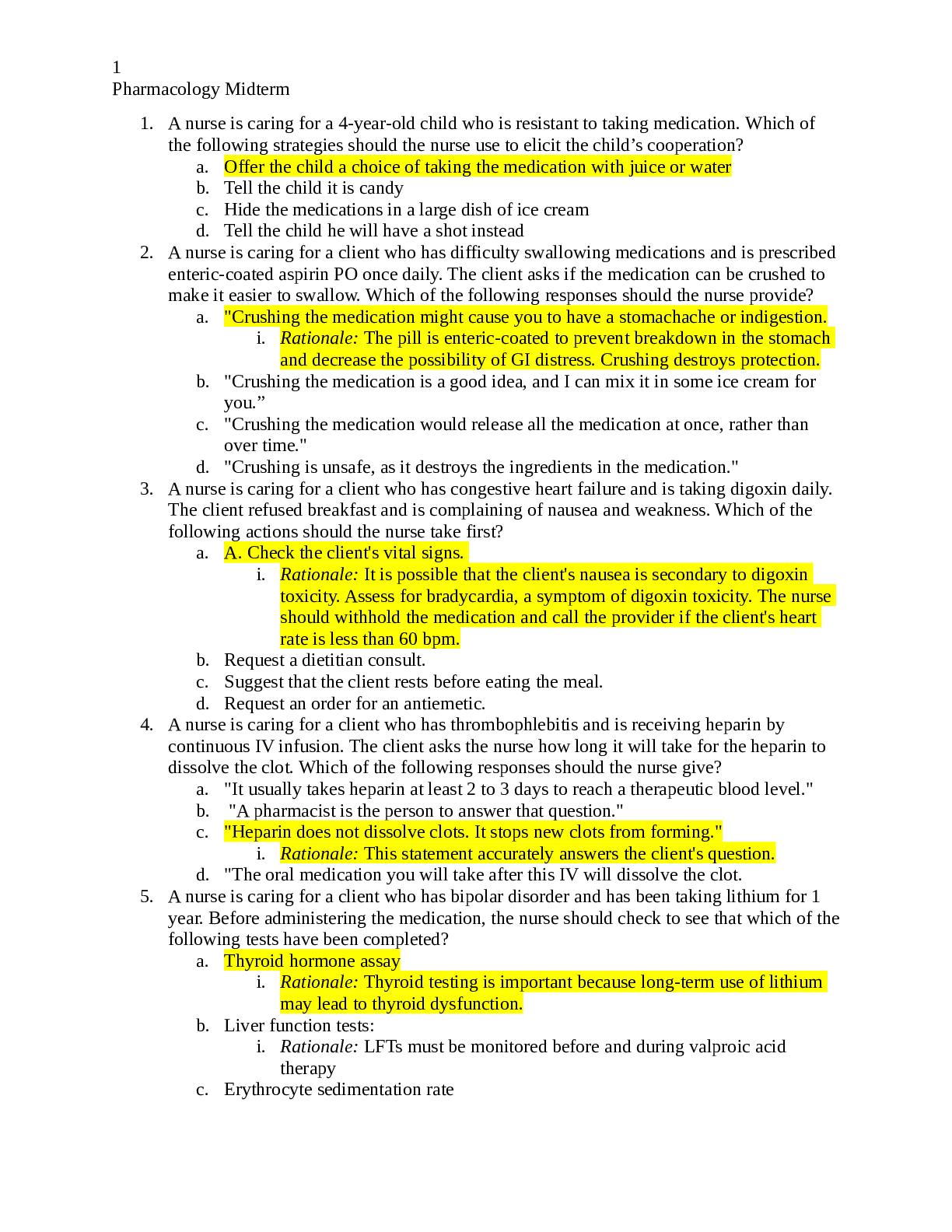

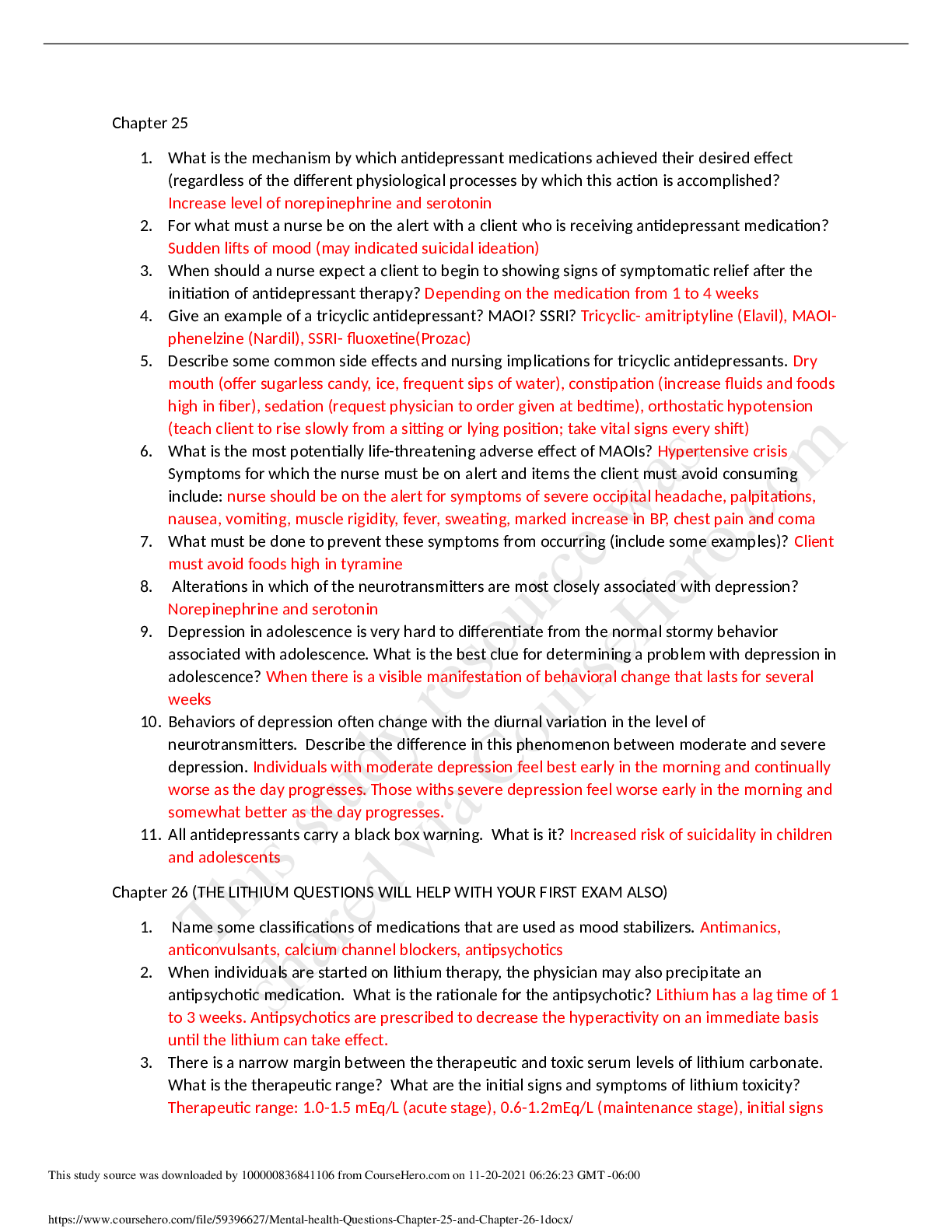

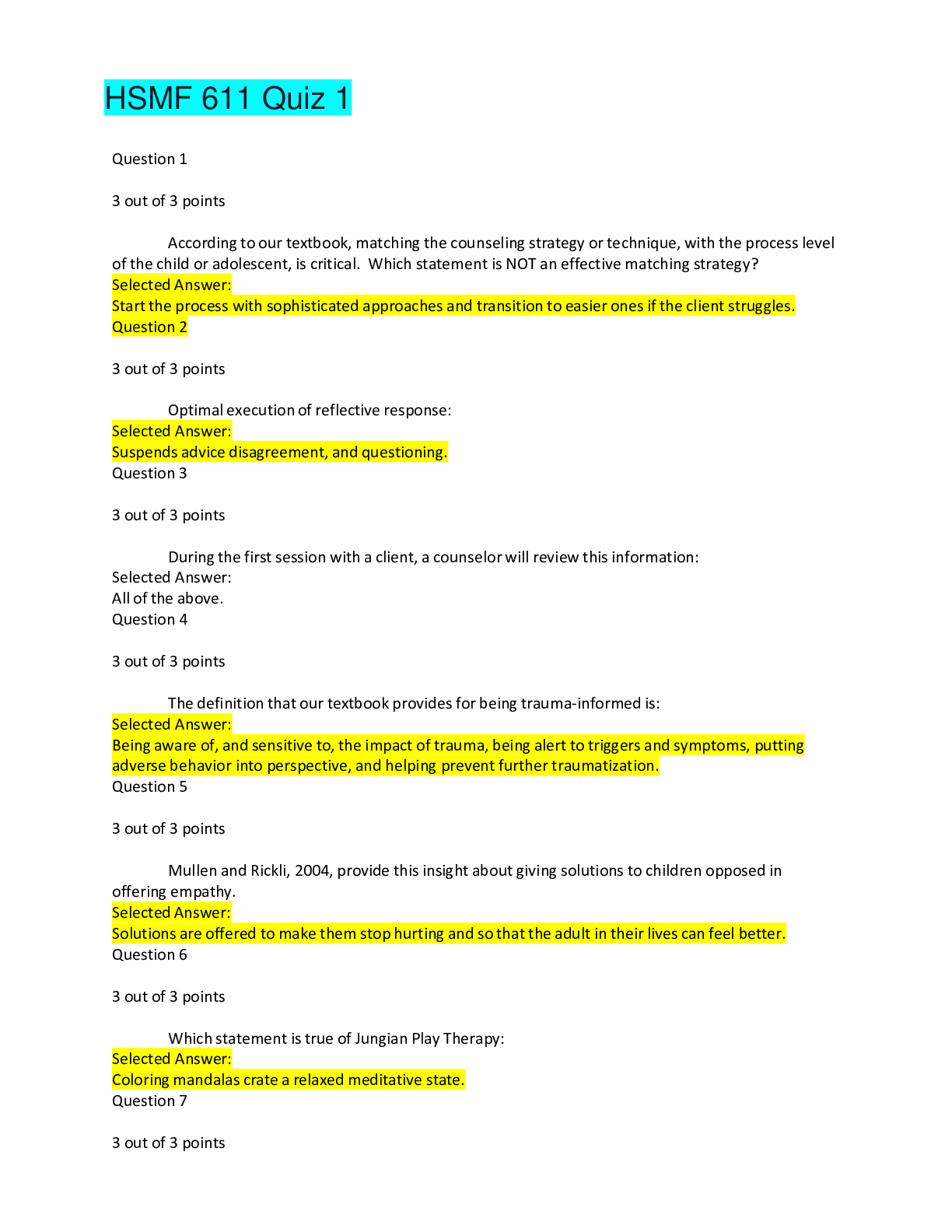

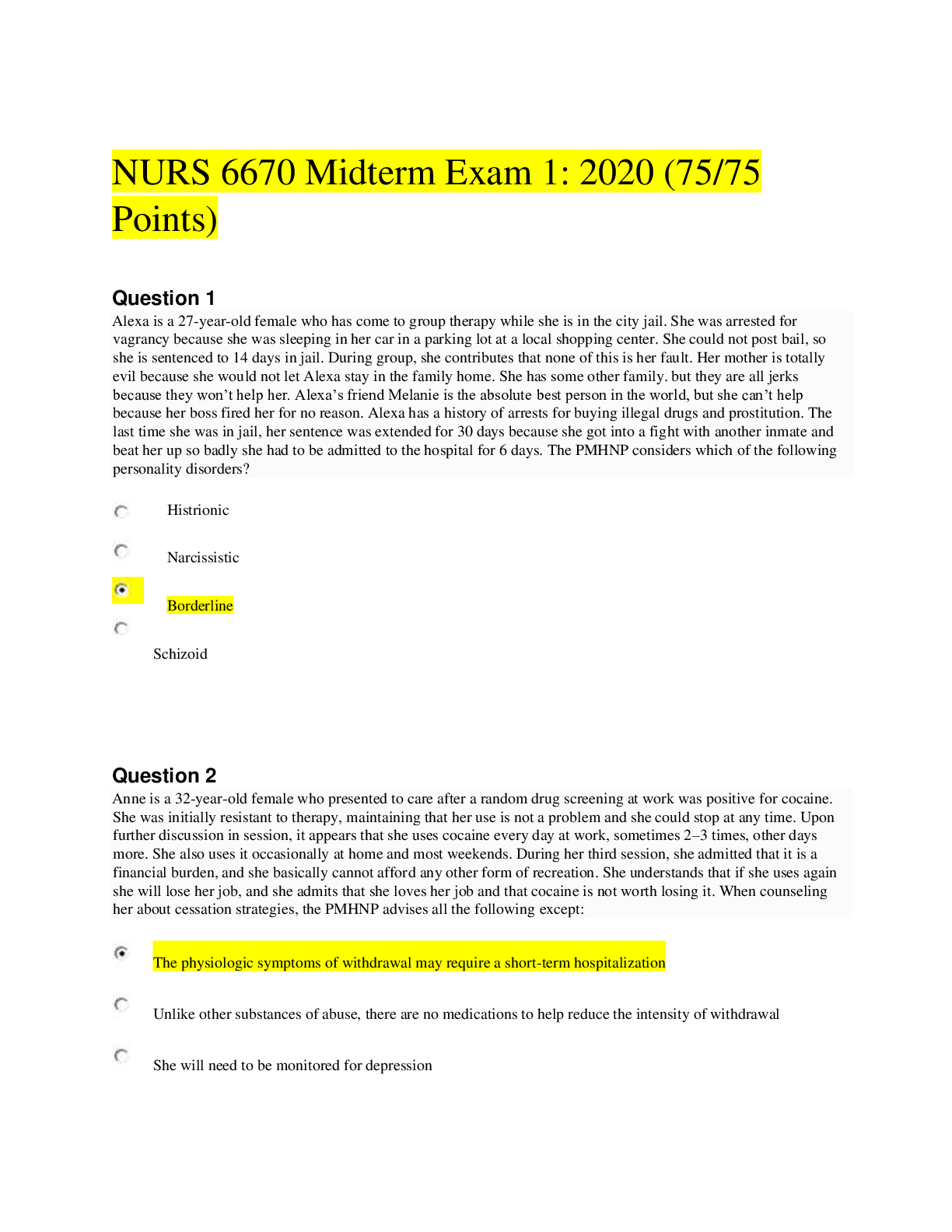
.png)
